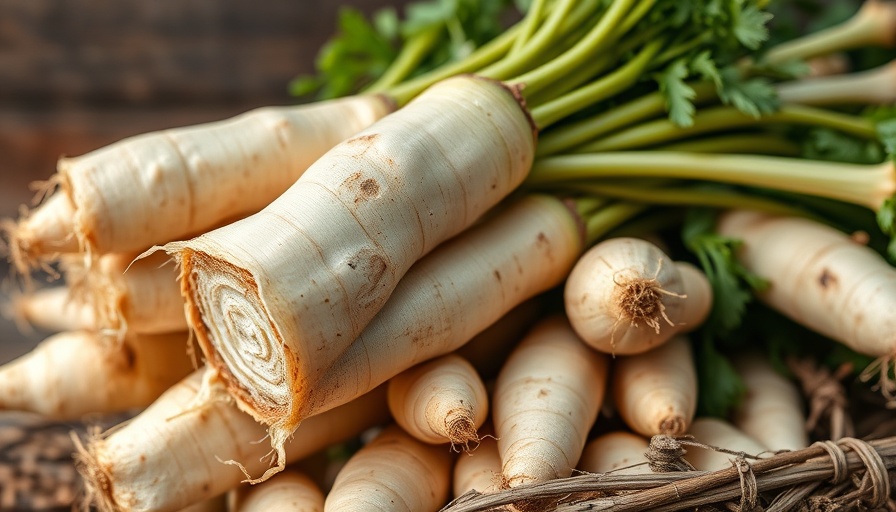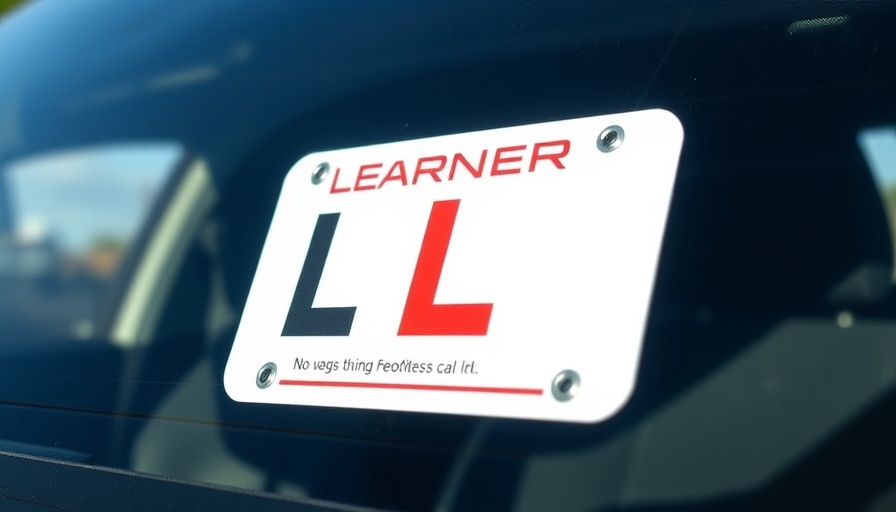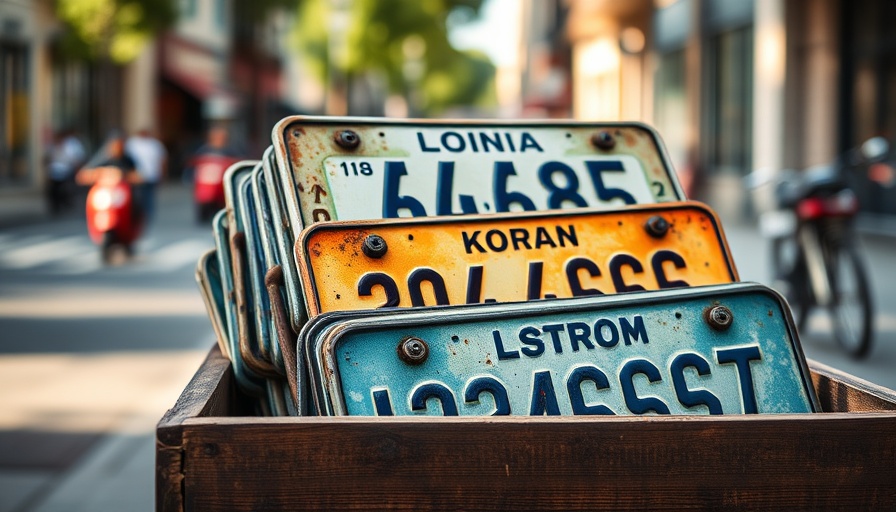
Why Proper Disposal of Cooking Oil Matters
Cooking oil, while a staple in many kitchens, can pose serious environmental and infrastructure challenges when not disposed of properly. Most municipalities have laws against pouring it down the drain. This is because cooking oil never fully disappears; instead, it clogs pipes and contributes to costly sewer problems. Each year, cities spend significant resources to clean up the mess caused by fats, oils, and grease (FOG) in the plumbing system. Every small action counts, and proper disposal ensures that we contribute to a healthier environment and preserve city resources.
Local Regulations You Should Know
Understanding local regulations on cooking oil disposal is essential. Many areas have specific guidelines prohibiting the disposal of large amounts of oil in household drains. These regulations often include mandatory grease traps in restaurants to mitigate the adverse effects on public sewer systems. If you're unsure about the rules in your municipality, a simple search online or a quick call to your local public works department can clarify your options and obligations.
Safe Disposal Methods for Every Quantity
The method of disposal for cooking oil varies depending on the quantity:
- Small Amounts: If you only have a small amount (like a half cup or less), let the oil cool down, then wipe it with a paper towel and toss it in the trash. To minimize mess, consider mixing the oil with baking powder or kitty litter to solidify it before disposal.
- Medium Amounts: For a few cups of oil, pour it into a sealed container like a jar or milk carton before throwing it away. If the oil is still relatively clean, consider straining it for reuse.
- Large Amounts: If you’ve fried a turkey or used a deep fryer, strain the oil back into its original container or a sturdy bottle, and take it to a cooking oil recycler or your local household hazardous waste center.
Finding Cooking Oil Disposal Options Nearby
If you're wondering, “How can I dispose of cooking oil near me?” you're not alone. Resources like Earth911 provide a cooking oil recycler locator that helps you find the nearest drop-off points. Many communities also have collection events throughout the year, often during holidays when cooking increases. Fire stations and local recycling centers might host special collection days, making it easier for you to dispose of large quantities safely without hassle.
The Bigger Picture: Environmental Impact
Improper disposal of cooking oil contributes to larger environmental issues such as water pollution and wildlife hazards. When oil finds its way into water systems, it harms aquatic life and disrupts ecosystems. By adopting proper disposal methods and advocating for oil recycling initiatives in your community, you play a role in protecting our planet. Whether you’re a casual home cook or a passionate foodie, taking the time to consider how you handle your cooking oil not only benefits your own home but also contributes to the health of your environment.
Conclusion: Your Role in Sustainable Living
Every action adds up, and ensuring that you dispose of cooking oil properly is just one way you can contribute to sustainable living. This small step can prevent major plumbing problems, help maintain public systems, and protect our environment. As you cook your favorite meals, remember to think about the bigger picture and how your choices affect both your home and the community.
 Add Row
Add Row  Add Element
Add Element 


 Add Row
Add Row  Add
Add 

Write A Comment